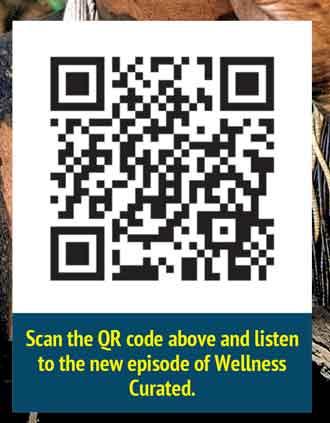

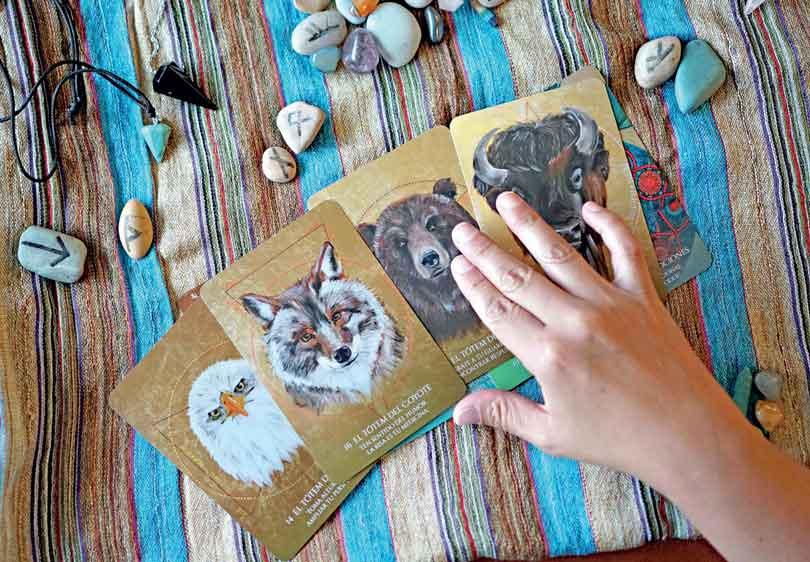
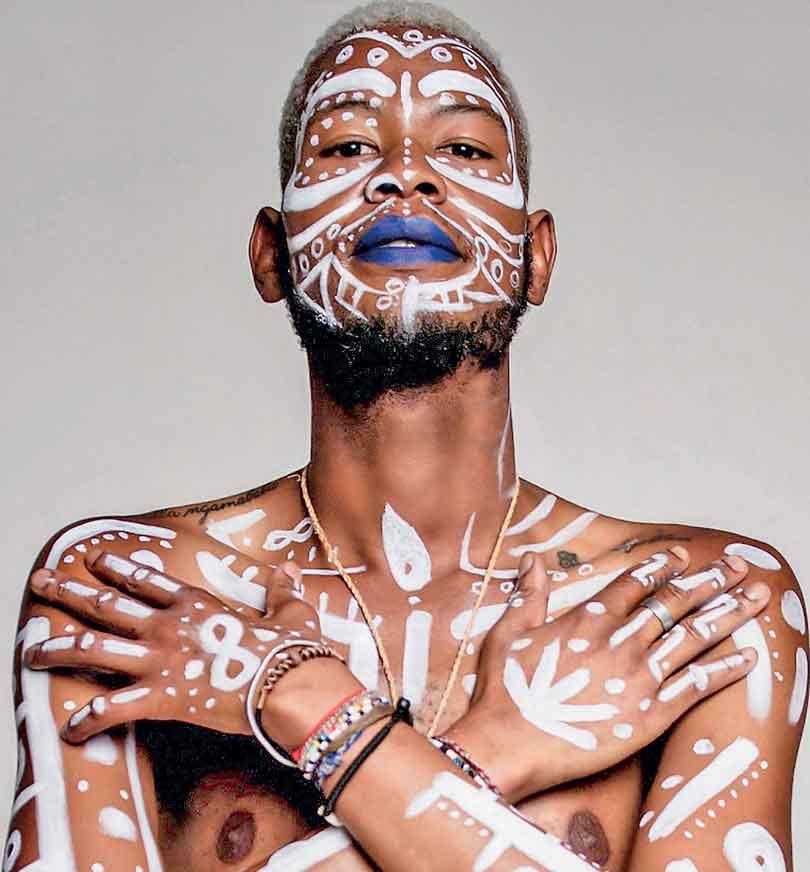
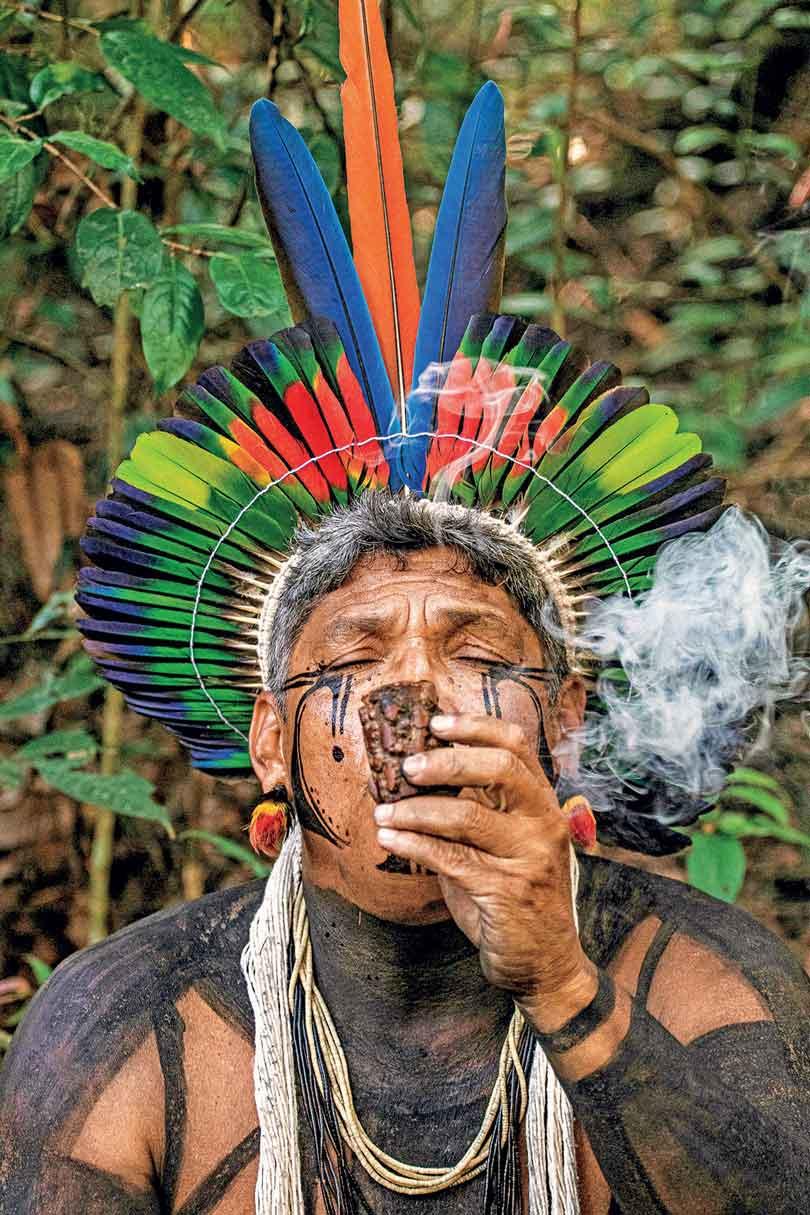
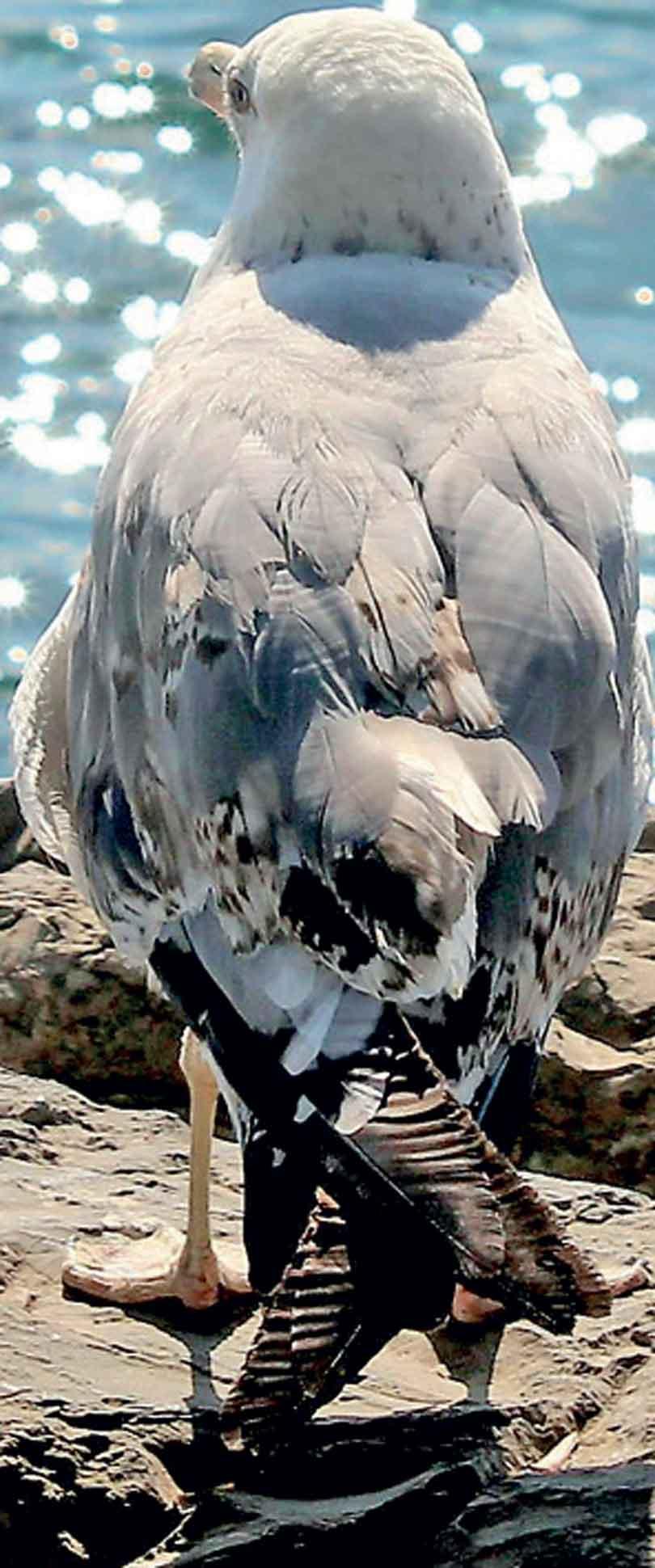

In Jungian psychology, spirit animals closely align with the concept of archetypes, universal patterns within the collective unconscious. Working with these images allows us to engage directly with buried truths and inner transformation.
The belief in totems and animal spirits is widespread across indigenous cultures. In Native American, Aboriginal, and Andean traditions, animals are messengers of the divine and keepers of wisdom.
In our fast-paced world, inner peace is often pursued through therapy, meditation, and self-help, but still, something deeper can remain unresolved. What if the peace we seek isn’t only psychological, but spiritual and ancestral? What if animals that recur in our dreams or natural signs that stir something within us are not coincidences, but messages from beyond? In this episode of Cultivating Inner Peace, Anshu Bahanda sat down with South African sanoma and indigenous knowledge teacher Gogo Khanyakude to explore how connecting to totems and spirit guides, central to African cosmology, can offer profound pathways to personal healing and alignment.
Understanding Totems and Spirit Animals
Gogo explains that a totem is an ancestral banner, tied to family lineage and cultural identity. “For us, the Maposa people, our totem is the worm,” he says. Each surname carries this spiritual symbol, which is more than metaphor; it’s part of the soul’s architecture. Alongside the totem, a lineage often reveres a spirit animal, a divine archetype that offers guidance and protection. For Gogo’s people, it’s the lion. “Outside of all those banners, the spirit animal represents our connection to divine source,” he says. While totems are rooted in ancestry, spirit animals are more fluid. They may appear through dreams, nature, or repeated synchronicities, often at pivotal moments of change or emotional unrest. Healer and spiritual mentor Payal Mehta offers a useful distinction: “Ancestral guides are those who passed away but remain connected to you with your culture and history. Spirit guides are more non-physical beings or energies that provide deeper spiritual meaning at a broader perspective of existence.” Her insight helps bridge traditional cosmology and modern spiritual language.
Healing Through Symbol and Sign
Gogo’s personal story reflects the power of these symbols. As a child, he sang gospel hymns before learning to speak. By adolescence, he experienced vivid dreams, confusion about identity, and altered states that were misinterpreted as mental illness. “I thought I was crazy,” he shares. “But the more I surrendered, the more the voice clarified. It wasn’t madness. It was spirit.” His breakthrough came through ritual, ancestral guidance, and encounters with symbolic animals, especially lions and leopards. On a retreat in Kruger Park, he recalls seeing three lionesses and two leopards in quick succession. “That was the clearest sign,” he reflects. “They were walking with us.” Gogo also tells of a marula tree that had never borne fruit, until he returned to his ancestral land. “Two months later, it bore fruit for the first time in nine years.” For him, it wasn’t biology. It was affirmation.
The Psychology of Animal Guides
While ancestral cosmologies offer the spiritual language, modern psychology provides validation. A 2025 article from IDRlabs suggests spirit animals function as “mirrors for self-reflection, projections of inner strengths, and anchors for emotional stability.” By projecting symbolic qualities outward, we’re able to safely explore them inward. Soul-based coaches like Michelle Beltran echo this, noting that spirit animals help clients reconnect with intuition, develop resilience, and find meaning in periods of change. They often emerge when we are undergoing transition or facing emotional blockage; serving as a “symbolic therapist” in the natural world.
A Framework for Reconnection
to his ancestral land. “Two months later, it bore fruit for the first time in nine years.” For him, it wasn’t biology. It was affirmation.
Gogo teaches a simple, practical model for restoring inner peace: People, Spirit, Space.
- People: “Your family is your first medicine,” he says. Understanding your lineage and inherited patterns is the gateway to ancestral healing.
- Spirit: Use dreams, prayer, meditation, and offerings to develop a relationship with ancestral energy.
- Space: Treat your living space or chosen land as
A Wider Cultural Context
The belief in totems and animal spirits is widespread across indigenous cultures. In Native American, Aboriginal, and Andean traditions, animals are messengers of the divine and keepers of wisdom. Anthropological research into totemism, from Emile Durkheim to Claude Lévi-Strauss, has shown that totems not only shape individual identity but preserve ecological harmony and community bonds.
In Jungian psychology, spirit animals closely align with the concept of archetypes, universal patterns within the collective unconscious. Working with these images allows us to engage directly with buried truths and inner transformation.
Returning to Peace
sacred. A mountain that calls to you may not be symbolic; it may be a portal.
When asked what to do when you feel drawn to a certain mountain or animal, Gogo’s advice is simple: go slowly. “Take a walk. Observe. Listen. Connect with your body, your senses. It’s not a performance.”
When we understand that inner peace is not just a mindset but a homecoming, our practices change. We stop chasing silence and begin listening for connection. Totems and spirit guides invite us to reconnect, to ourselves, our lineage, and the living
Start Your Journey
- Notice recurring animals, dreams, or places.
- Learn their behaviours and what they symbolize.
- Create simple rituals to connect; walking, offering, journaling, or sound.
- Anchor the energy in your space with a symbol or sacred object.
- Let the signs guide you. Your peace may be closer than you think, not ahead of you, but behind you, waiting to be remembered.
